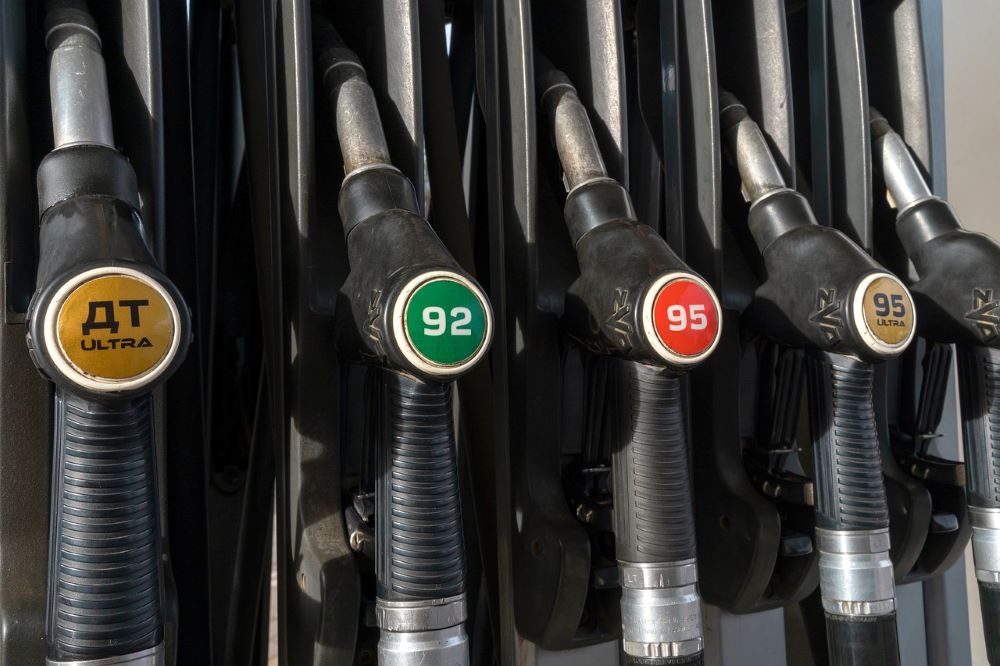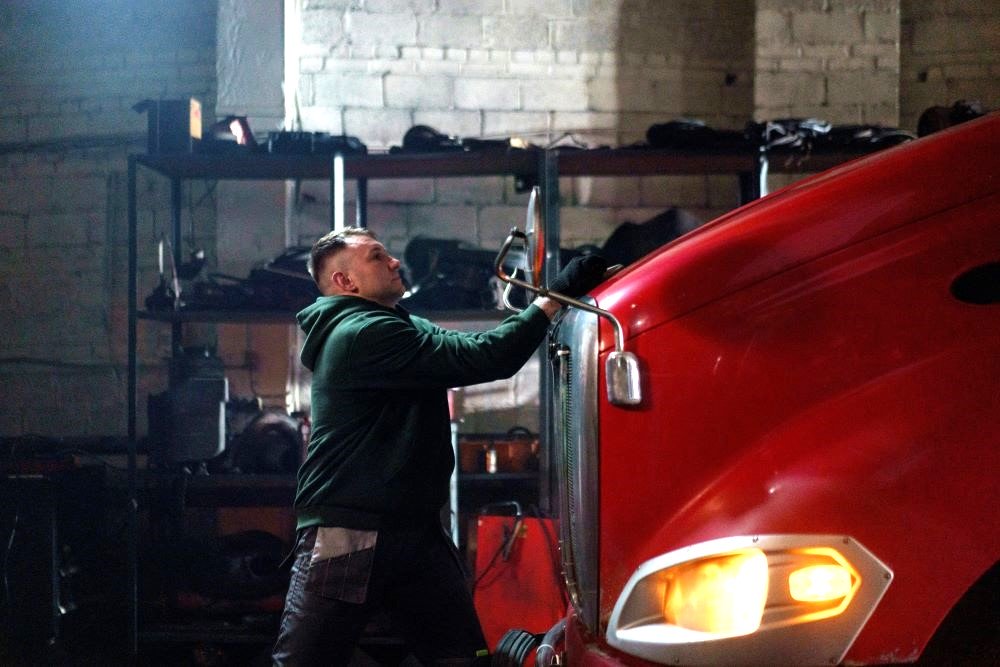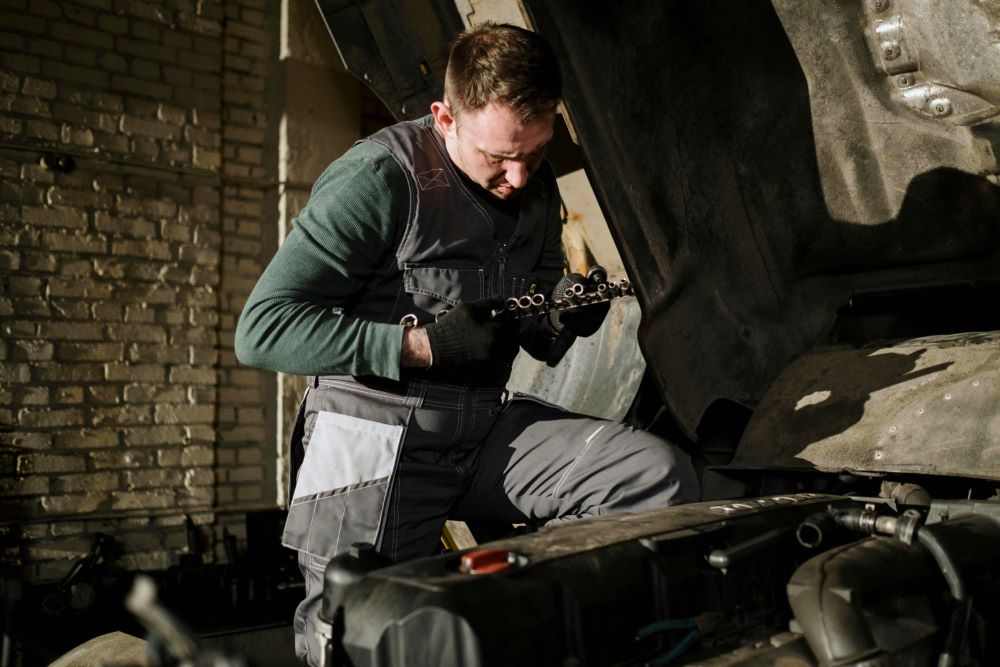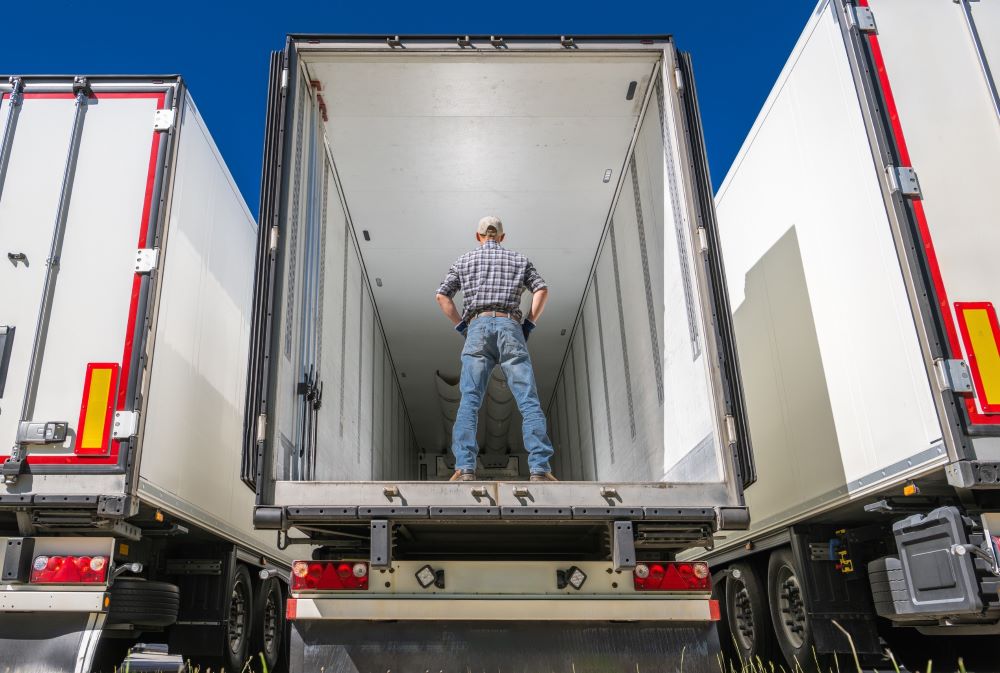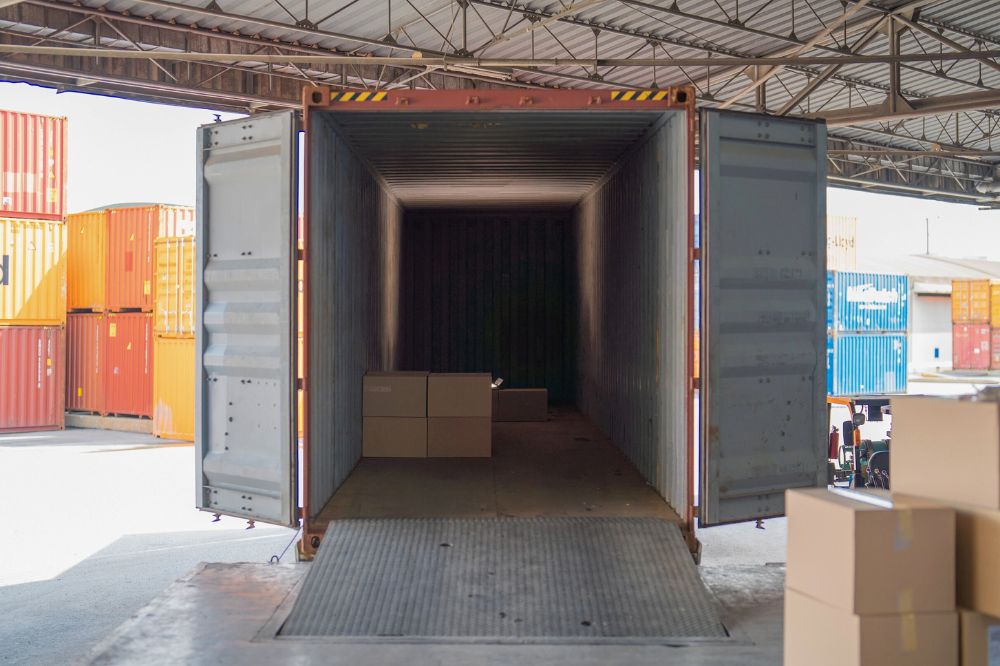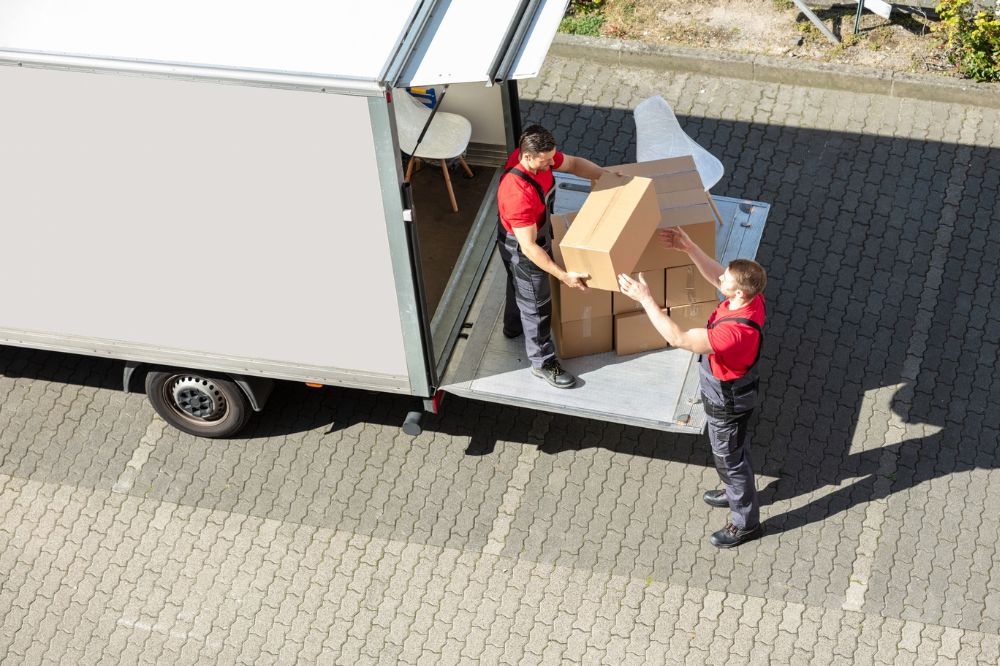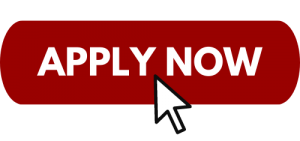Truck drivers are paid by the hour or mile, so time on the road directly impacts earnings. Delays, especially detention—waiting for shippers or receivers to release the truck—can reduce income. To offset this, most companies offer detention pay.
But how is it calculated, and can you reduce detention time to maximize earnings? Here’s what you need to know.
Detention Pay: What It Means for Truck Drivers
In trucking, detention pay compensates drivers for time spent waiting at a shipper or receiver’s location beyond a set period, usually two hours. This waiting time, known as “detention,” cuts into drivers’ hours and earnings.
Detention pay helps truckers recover lost income because of delays, such as scheduling issues or slow paperwork. It’s typically charged by the hour, ranging from $25 to $250, with an average rate of $50 to $75 per hour, depending on the contract.
Shippers are usually responsible for detention fees, which carriers add to the shipper’s invoice as an extra charge. However, larger contracts with multiple loads may allow for longer detention times, and in some cases, receivers might also be liable for these fees.
Drivers must provide proof of detention hours for the trucking company to apply the charges.
Layover Pay vs. Detention Pay: What’s the Difference?
Trucking detention pay may seem similar to layover pay because both payments cover truckers for delays, but they’re not the same. The main difference between the two is the reason for compensation and the average rates offered for each payment type.
Layover pay covers truck drivers for delays between shipments and scheduled breaks, whereas detention compensates truckers for extended waiting time at a shipping dock or receiving facility.
On the actual amount paid, layover fees can be a flat fee of $50 to $200+ regardless of the layover’s duration or an hourly rate of $10-$20, whereas the standard detention fee is $50-$75 per hour, as mentioned above.

How Detention Pay Impacts Trucking Operations
The impact of detention extends beyond lost time and possible financial losses for the truck driver and shipper. It reduces productivity and has a trickle-down effect across the board. Loads may have to get rescheduled, increasing the risks of security problems and contributing to other supply chain bottlenecks.
Delays can also hurt the working relationships of various stakeholders, such as carriers and customers. If shippers or receivers increase their effectiveness and reduce their frequency of making detention payouts, they’ll reduce supply chain bottlenecks and improve efficiency along the entire supply system.
How is Detention Pay Calculated?
To determine a fair fee and negotiate fair rates, carriers consider all operating costs, such as fuel, permits, maintenance, and salaries. They then break down their annual operating costs by the number of days they’re in business each year to get their daily operating costs. And divide this further by the hours they operate daily to identify their hourly cost of operations.
For each extra hour a trucker is in detention, a carrier loses money equivalent to their hourly operating costs. The final detention rate negotiated in the contract must cover these costs and any additional expenses a driver incurs while detained.
On the truck driver’s part, calculating detention pay is as straightforward as multiplying the hourly detention rate specified in a contract by the number of hours spent in detention.
For example, if a shipper or receiver detains you for three hours after the agreed grace period, you lose three working hours. So, if your carrier’s detention rate is $75 per hour, your detention pay will be $75 x 3 = $225. That’s $225 compensation as an additional pay to your regular per-mile or per-hour earnings.

Rights and Regulations Around Detention Pay
Currently, no official government regulations around detention pay for truck drivers exist. However, the House of Representatives introduced a bill to standardize the maximum hours shippers or receivers can detain commercial motor vehicle operators.
Also, FMCSA is conducting studies to assess how effective Intelligent Transportation System (ITS) technology is in measuring detention time to determine strategies for regulating detention times.
Securing Detention Pay: Tips for Carriers
Besides cutting into the drivers’ earnings, detention times can reduce a carrier’s profits if they don’t get their detention rate calculations right. Some proven measures carriers can take to secure detention pay and avoid the financial impact of detention delays include:
- Ensure the detention fee arrangement is in the load contract and use technology to forward and track invoice payments automatically. It makes collecting the fees a reliable and straightforward process.
- Ensure the hourly rate for the fee matches or exceeds the hourly operating costs.
- Log all times carefully and have GPS coordinates, so there are detailed records to support claims if needed.
- Sometimes, customers may request longer detention grace periods before the fee kicks in. If this happens, weigh the customer’s business value against the company’s needs.
- Evaluate a customer’s reputation before accepting load contracts. Some facilities have unnecessarily long wait times, which might lead to cumulative losses.
The Role of Freight Brokers in Handling Detention Pay
Freight brokers help negotiate favorable contracts for shippers and carriers. They’re the only mutual point of contact between shippers, carriers, and receivers. As a result, freight brokers have to stay updated with all parties’ detention policies and rates to:
- Facilitate fair negotiations before parties sign a contract
- Mitigate disputes that may arise
- Ensure all parties keep their end of the bargain

Effective Strategies for Minimizing and Avoiding Detention Time
It’s best to minimize or avoid detention times, for trucking operations to happen smoothly. Detention has a domino effect and can interrupt the entire supply chain. Here are a few practical tips for carriers to reduce or avoid waiting times and thrive. These tips will also come in handy if you’re an owner-operator:
- Create open and direct communication channels with all parties involved. Everyone must understand arrival times to prepare for the truck’s arrival and prevent detention times. Open communication also promotes smooth negotiations if any issues arise.
- Schedule load pick-ups and deliveries during off-peak hours to avoid congestion and unnecessary delays
- Use ITS technology to reliably keep track of time spent in detention, improve efficiency, and increase transparency.
- Train drivers on customers’ detention policies and procedures so they’ll know what to do if detention occurs.
- Build flexibility into shipping schedules to account for any unpredictable delays.
- It might be cheaper for carriers to pay additional labor to load or unload a truck faster and avoid detention. Consider this and make inquiries about it beforehand.
- Work with a qualified freight brokerage firm with a reliable network of reputable shippers.
Conclusion
Truck detention is almost always unpredictable. For this reason, adequate detention pay is necessary to cushion carriers and drivers from inefficient loading dock and warehousing operations.
If you’re an owner-operator, ensure your contract outlines all details on detention time compensation. Include your minimum grace period, hourly rate, and any other crucial information before signing it. If you don’t get it in writing, you risk forfeiting detention pay and reducing profits.
For additional tips on how to make the most of your truck driving career, visit our blog. Mission Financial Services offers customizable commercial vehicle loans for owner-operators and can help you grow your business without interrupting your cash flow.










